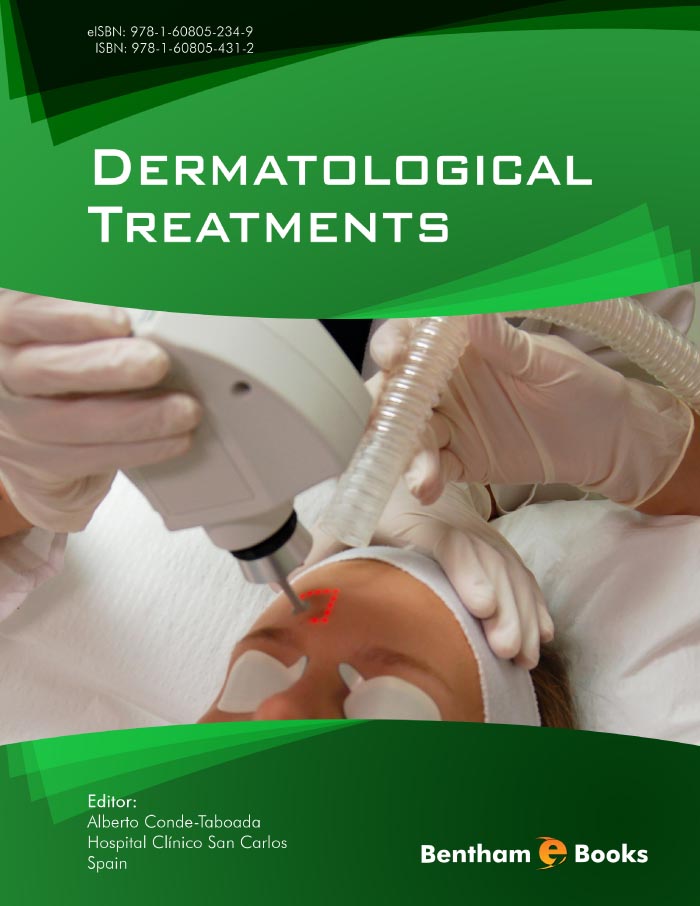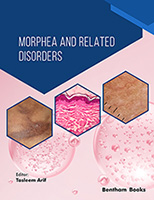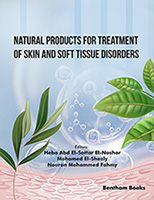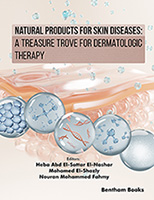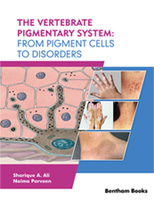Introduction
Dermatological treatments have changed continuously throughout recent decades. Old drugs are recognized as being effective in new indications and new methods of dosage or application have been reported. Novel drugs have also changed the therapeutic approach in numerous diseases, improving patient health and quality of life. Conversely, new adverse reactions, drug interactions and unfamiliar risks have also increased. This e-book organizes information about different treatments available for treating dermatological conditions, focusing on a practical approach and systematizing drug interactions, adverse events, and patterns of intake or application.
This e-book is comprised of 3 sections, based on the way the treatment is applied: topical treatments, systemic treatments and physical therapies. Topical therapy is probably the most important mode to treat diseases of skin, releasing the active drug directly on the affected area. Both local and global effects can be achieved, as well as different adverse reactions are sometimes obtained. Systemic treatments are important in dermatology in conditions affecting a huge surface or when a potent means of therapy is needed. Physical therapies are highly specific in nature with respect to skin diseases, using different light sources combined with several substances to obtain the desired effect on epidermal structures. Every section contains several chapters dedicated to the different groups of drugs. Specific emphasis is given to the practical usage of each drug with comprehensive tables facilitating the information.

